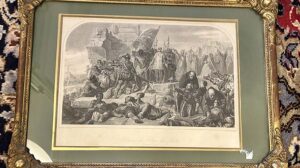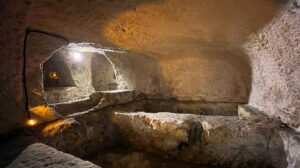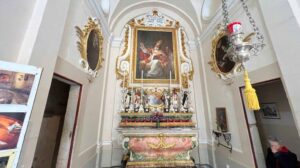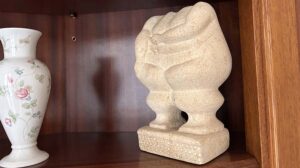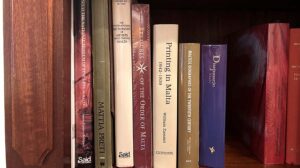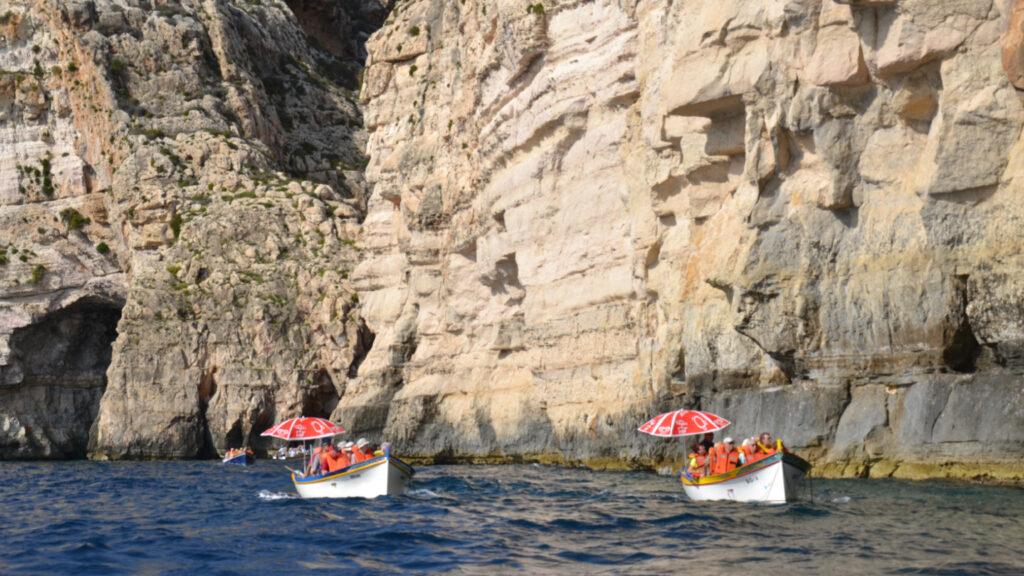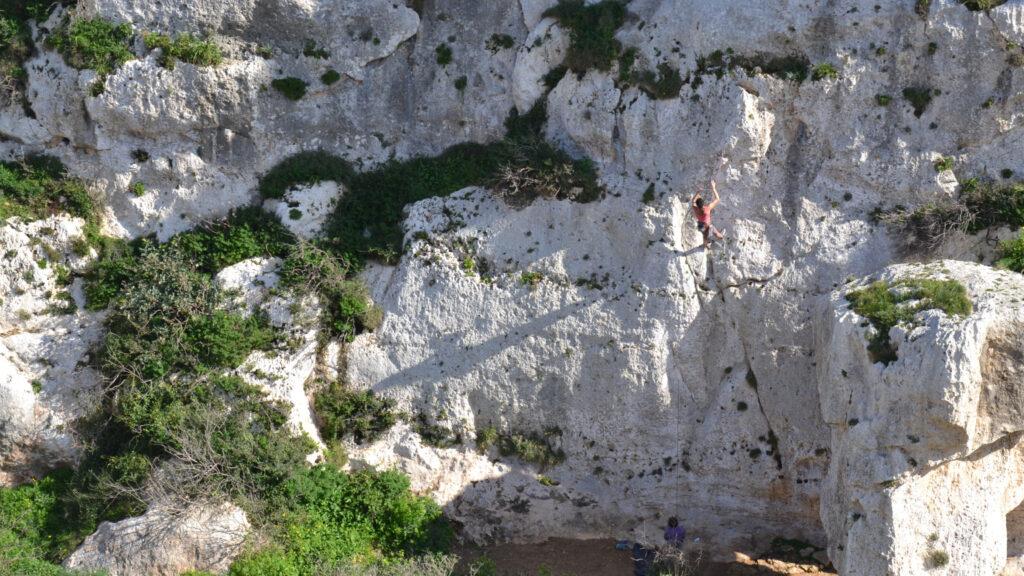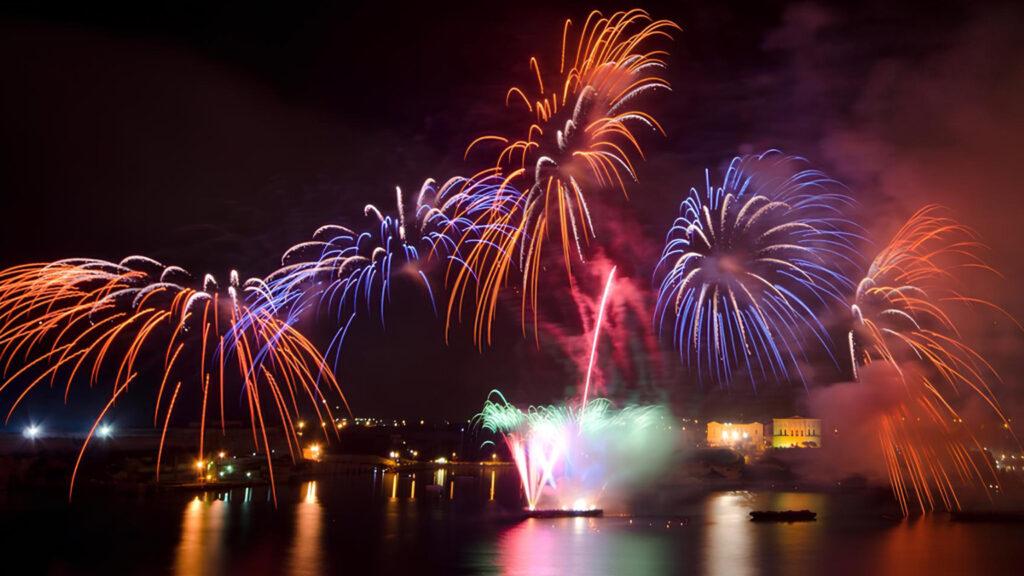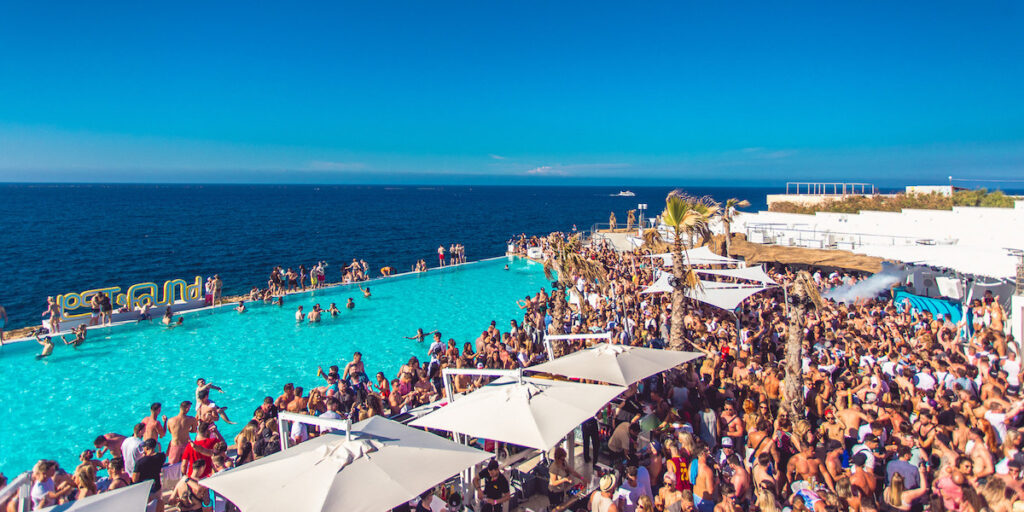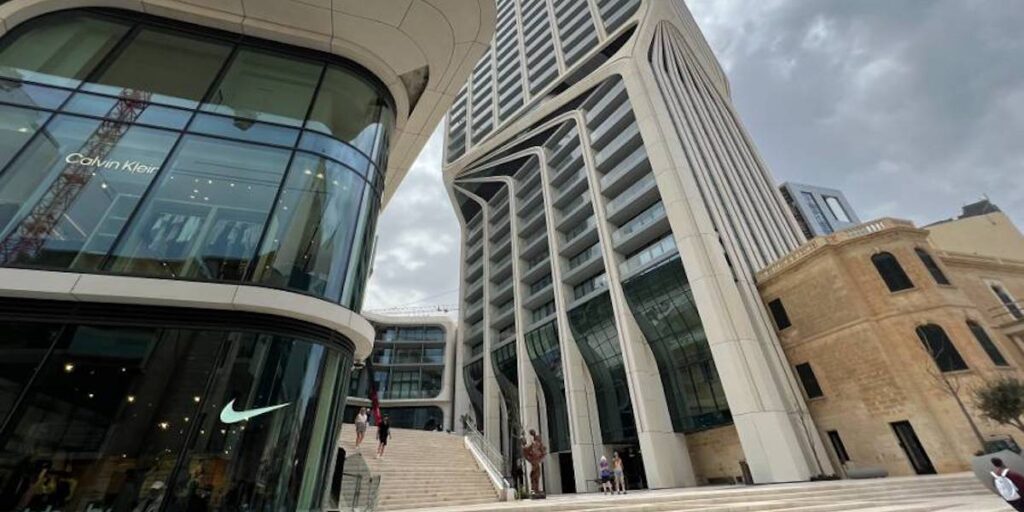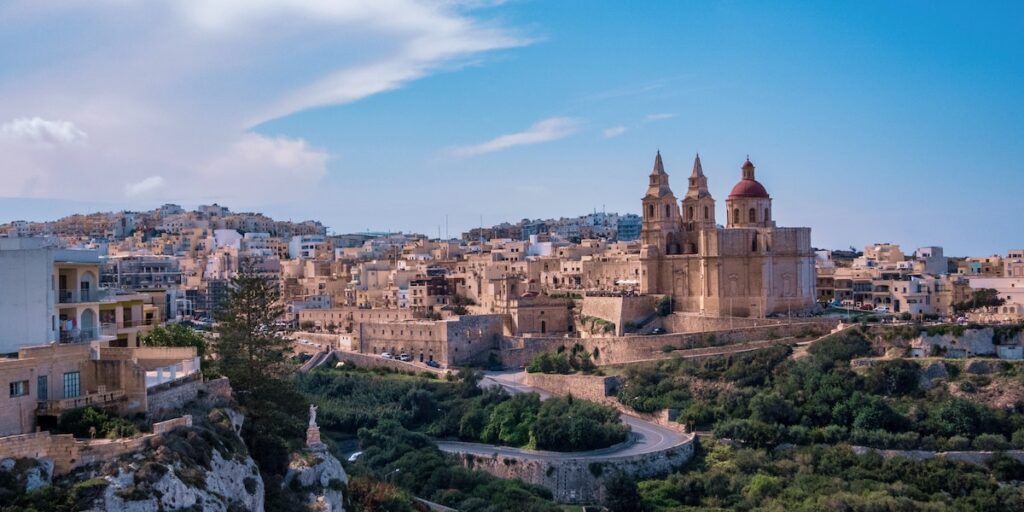It seems as though the islands are like a few drops of ink unintentionally fallen from god’s pen. Still, somehow throughout the history of Western culture, Malta has always managed to leave its mark. In literature there is an incredible range of books in which the country is at least mentioned. In some cases, it even serves as a backdrop for the narrative to take place. Let’s start chronologically.
As mythology and legends are a staple in Malta, it is no surprise that many pieces have been written about or on the mysterious islands.
The Odyssey by Homer (Between 8 and 7 BC)
This lis a legendary text of ancient Greek literature. It is one of two surviving poems by the celebrated poet Homer;pp/ that are still widely read to this day. If you’ve ever read it you might remember Calypso’s Cave. Have you ever wondered why Gozo is sometimes called the Isle of Calypso?
There is a cave located on the Western side of the famous Ramla Bay in Xagħra. It is supposedly what is mentioned in the Odyssey. This is where the nymph Calypso kept her prisoner Odysseus. He was shipwrecked following an unforgiving storm. Calypso then treated him as her husband for 10 years. Eventually the other gods forced Calypso to free him and the story goes on.
Historians and academics never actually agreed which Mediterranean island could Homer be referring to. Still, Gozo, in all its natural beauty, could definitely be the legendary island of Ogygia, home to the seductress goddess Calypso.
The Bible (Between 1200 and 165 BC)
It is very likely that anyone reading this is somewhat familiar with this episode in the Bible. Yet for that reason in itself it is worth mentioning. Without having to introduce this major work, let’s go straight to the point.
Malta is mentioned in the Acts of the Apostles. Paul the Apostle, on his way to being executed in Rome, gets shipwrecked—like Odysseus—on an island.
“Once safely on shore, we found out that the island was called Malta” (Acts 28:7).
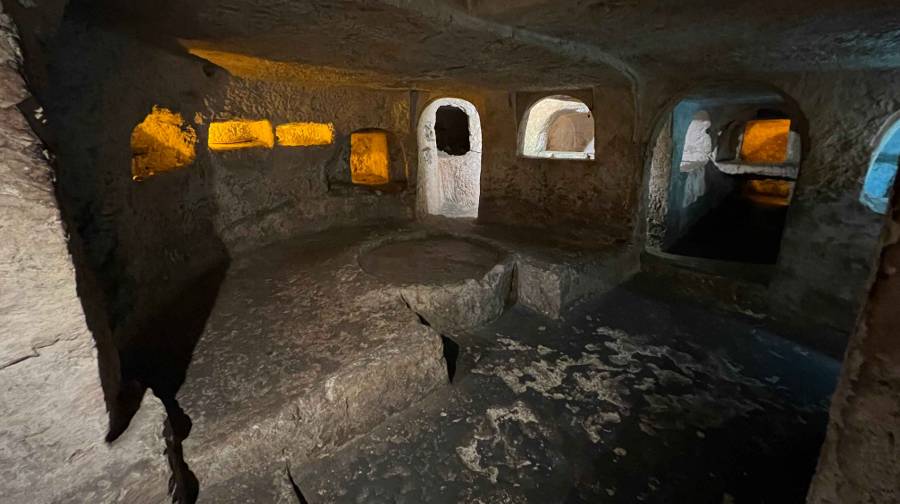
The story goes that after everyone survived and were greeted by the Maltese people, the survivors were seen as beloved by the gods since they were saved. But when a snake crawled up Paul’s hand they changed their minds and thought he was cursed. As we know Paul shook the snake into the fire and he survived.
Supposedly St. Paul and his missionaries lived in the Grotto of St. Paul in Rabat for three months, before continuing their journey to Rome.
Traditionally, it is believed that the shipwreck happened around St. Paul’s Bay, specifically on St. Paul’s Islands.
The Jew Of Malta by Christopher Marlowe (1589/1590)
This fascinating play by Marlowe takes place in the midst of the Great Siege. This creates a tumultuous backdrop to an exciting drama. We have to remember that in the 16th century, the Siege was quite the event. Malta’s part in it was celebrated by the Christian powers of Europe. It makes sense, therefore, that there is literature created in the context of the Siege.
The narrative follows Barabas, a Maltese Jewish merchant who feels that the Governor has used the siege crisis to rob him of his riches. He plots his revenge. The play follows a series of internal and external political strategies between the characters, essentially leading to a tragic end for the main character.
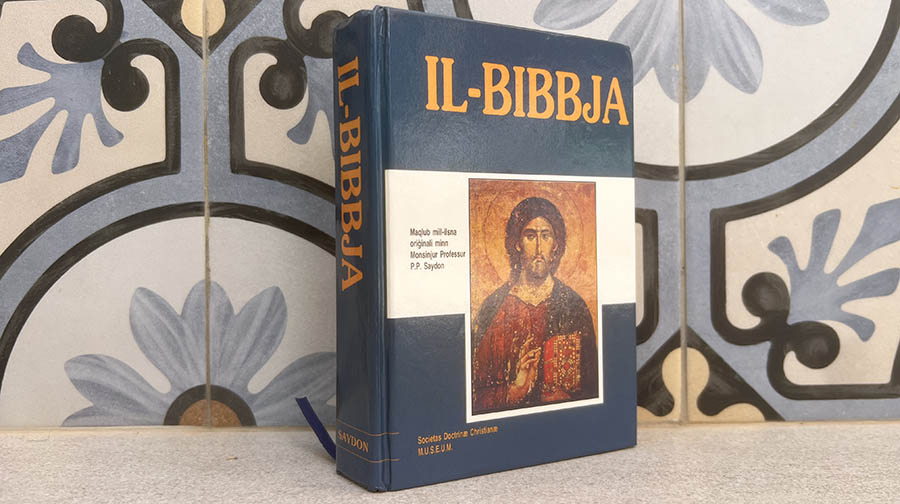
V. by Thomas Pynchon (1963)
A hugely celebrated writer in American literature and a huge influence on many aspects of contemporary pop culture, Thomas Pynchon supposedly traveled to Malta at some point in his life. V. was his first book. The first thing that should be mentioned here is that the title of the book stands for a series of different things. Amongst them is Valletta.
It is still speculated whether Pynchon actually came to Malta. Yet, his level of detail in the book—mentioning the Phoenicia Hotel, Kingsway (now known as Republic Street), and John Bull Bar (suspected to be today’s Ġugar)—is quite impressive.
V. was Pynchon’s first fully-blown novel. It is known for its complexity and its dream-like narrative. Many readers claim that it is hard to fully understand what it is about. At the same time, these same attributes make it a unique read. Perhaps this will be enough to spark your curiosity; the Maltese character in the book was called Fausto Majistral!
Earthly Powers by Anthony Burgess (1980)
If the name of the writer is familiar you might have read his book—or seen the film adaptation— A Clockwork Orange. Burgess had moved to Malta in 1968 and stayed on the islands for roughly two years. His stay in Malta was not frictionless, especially since on his arrival a lot of his library was confiscated due to its ‘pornographic’ material. Although, he supposedly had a very good relationship with the academic and writer circles of the time.
This rocky relationship him and his literature had with the Church is where Earthly Powers stems from. The plot of this piece of literature follows a fictional retired writer called Kenneth Toomey who is asked by the Archbishop of Malta to assist the proceedings of the canonisation of a few individuals. The novel pans out through Toomey’s memoirs that essentially go through a big chunk of the 20th century.
On my way to an exam once, my grandfather saw the book in my hands and recognised the surname. As he remembered who Burgess was, he told me that he was once asked by the authorities to advise the controversial writer on what place he should buy in Lija (where he stayed for those two years). Since he apparently didn’t take a liking to the writer, when it came to advising him on the land, I remember my grandfather saying ‘Of course, I didn’t tell him the truth!’.



